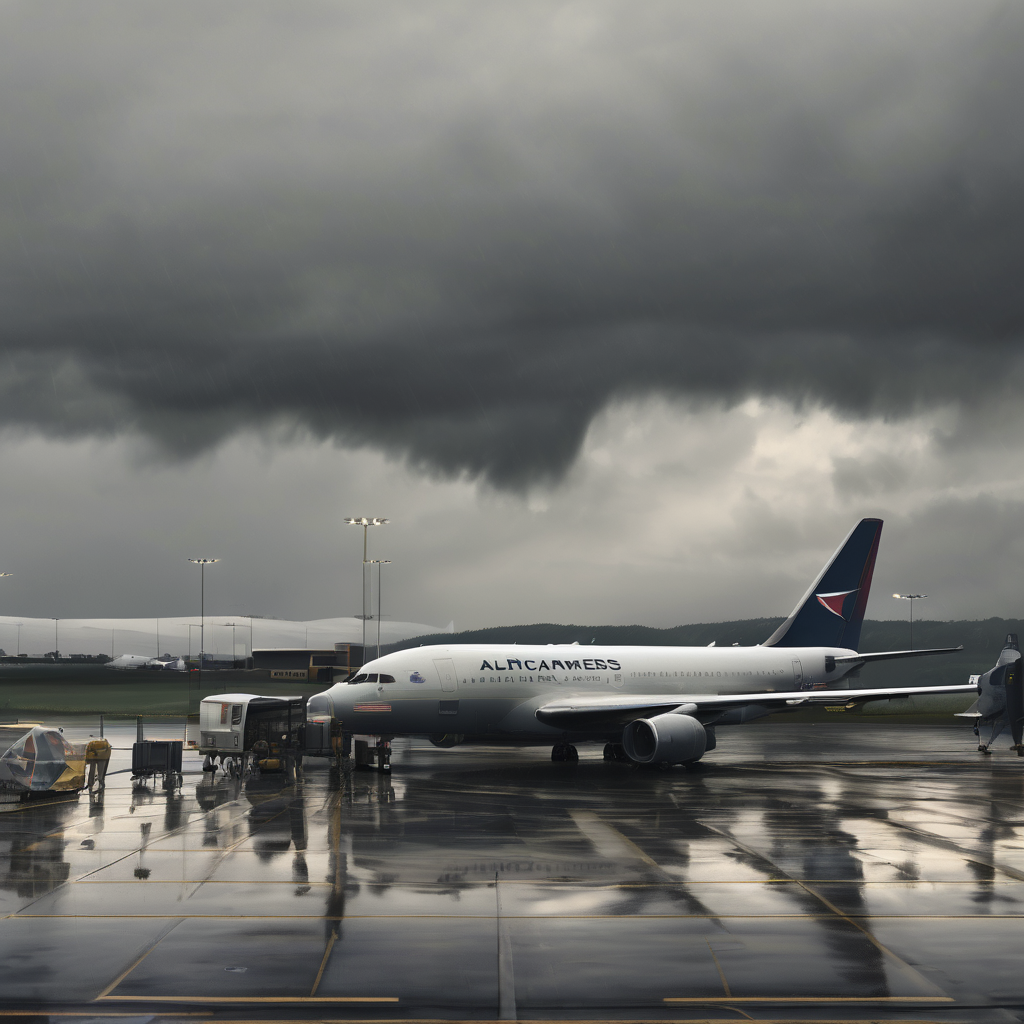Super Typhoon Ragasa, the most powerful tropical cyclone of the year, has caused significant disruption in Hong Kong with its hurricane-force winds and heavy downpours on Wednesday. As a precaution, the city has come to a standstill, resulting in the cancellation of over 700 flights. This situation has spurred residents to rush into a buying frenzy, emptying supermarket shelves and forming long queues for essential supplies in anticipation of prolonged shop closures.
Ahead of the typhoon’s arrival, Hong Kong residents took measures like taping their windows in hopes of mitigating damage from potential shattered glass. The super typhoon, with winds reaching up to 200 kilometers per hour, approached within 100 kilometers south of Hong Kong early Wednesday morning. In response, the city issued its highest typhoon signal, 10, prompting the shutdown of most businesses and transportation services.
The Hong Kong Observatory has warned of dangerously high seas, with expectations of “phenomenal” waves along the eastern and southern coasts. Authorities have compared the potential rise in sea levels to previous significant typhoons, such as Typhoon Hato in 2017 and Typhoon Mangkhut in 2018, both of which inflicted severe damage. Current forecasts predict a maximum water level rise of about four meters around noon.
To accommodate those affected, 49 temporary shelters have been opened across various districts, with hundreds of individuals already taking refuge there. Despite the extreme weather conditions, the Hong Kong Stock Exchange remains operational, adapting its policy to remain active regardless of weather disruptions.
As Ragasa transitions along its path, maintaining its intensity, it is expected to impact the coasts of Guangdong in mainland China and Taiwan after passing through the northern Philippines. The storm is likely to make landfall along China’s Guangdong coast by late Wednesday.
While the super typhoon presents formidable challenges, it also highlights the urgency of preparedness and resilience in the face of natural disasters. Enhancements in early warning systems and community readiness can significantly alleviate the potential impacts of such powerful storms, underscoring the collective strength and adaptability of communities faced with adverse weather events.
